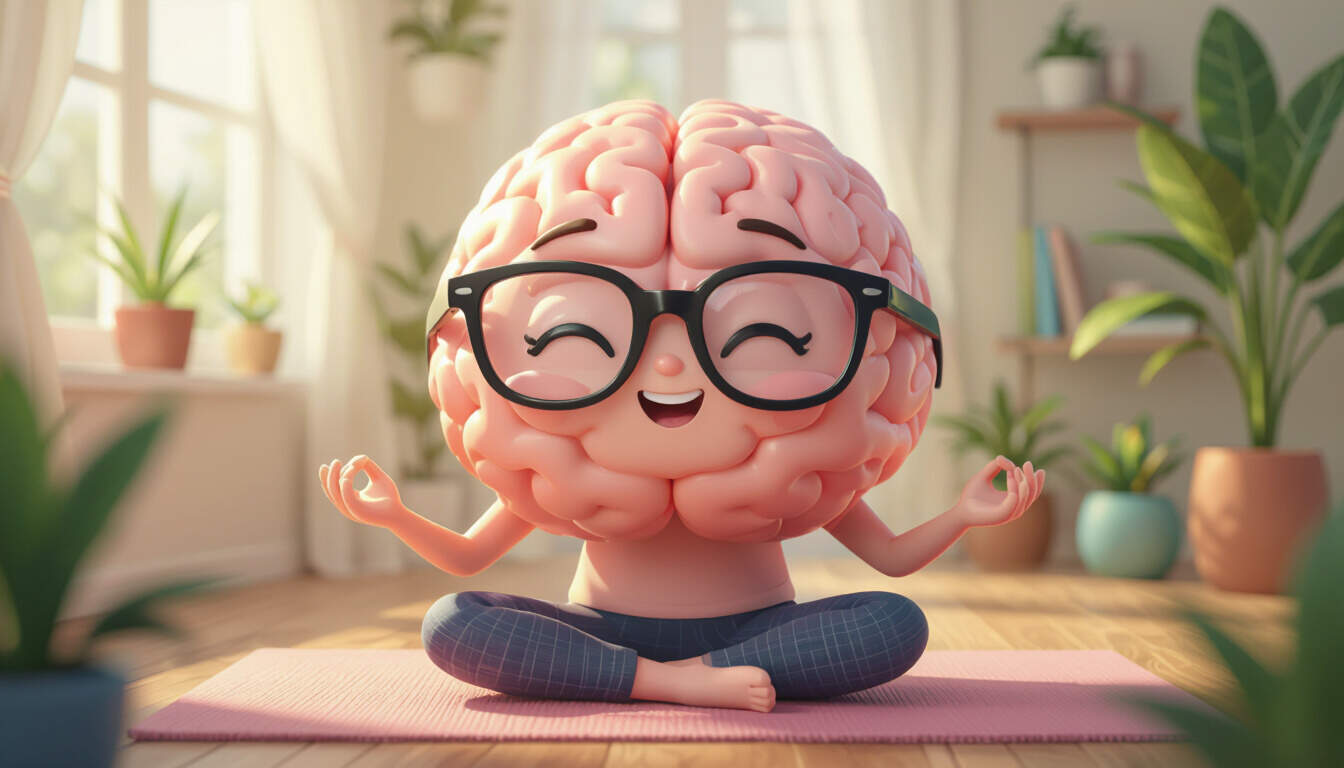Cognitive Behavioral Shifts for Enhanced Mental Clarity
 by Max Miller
by Max Miller
Discover how cognitive behavioral shifts can transform daily thinking patterns to foster greater mental clarity and personal growth. This approach offers practical tools for busy individuals to build mindfulness and achieve lasting change through simple, effective strategies.

Cognitive behavioral shifts represent a key approach to reshaping how we think and respond to life's challenges. These shifts focus on altering negative patterns to promote mental clarity. By recognizing and adjusting these patterns, individuals can experience improved well-being.
The Basics of Cognitive Behavioral Shifts
In daily life, thoughts influence emotions and actions. Cognitive behavioral shifts involve identifying unhelpful thoughts and replacing them with more balanced ones. For example, a student facing exam stress might notice recurring worries and work to reframe them into manageable steps. This process helps build a foundation for mindfulness, allowing for clearer focus.
Many busy professionals find that cognitive behavioral shifts aid in managing work demands. Through consistent practice, these shifts encourage a positive mindset that supports personal development. Consider how a simple daily reflection can lead to noticeable improvements over time.
Benefits for Everyday Life
Adopting cognitive behavioral shifts brings several advantages. First, they reduce feelings of overwhelm by breaking down large problems into smaller, actionable parts. This method is especially useful for students juggling academics and extracurriculars.
For professionals, these shifts enhance decision-making and resilience. By fostering a calmer mind, individuals can approach tasks with renewed energy. Additionally, regular application leads to better relationships, as improved self-awareness promotes empathy and communication.
Practical Techniques to Try
To begin with cognitive behavioral shifts, start with basic exercises. One effective technique is journaling, where you write down thoughts and challenge their accuracy. For instance, if a thought like "I always fail at new tasks" arises, counter it with evidence of past successes.
Another approach involves breathing exercises combined with mindfulness practices. Spend a few minutes each day sitting quietly and observing thoughts without judgment. This builds awareness and helps in shifting perspectives naturally.
In group settings, such as workshops, people often share experiences to gain new insights. Students might use these shifts to prepare for presentations, turning anxiety into confidence through prepared responses.
Integrating Shifts into Daily Routines
Making cognitive behavioral shifts a habit requires intention. Set aside time each morning to review goals and potential obstacles. This routine supports ongoing personal development by keeping the mind aligned with positive intentions.
For busy schedules, integrate short breaks for reflection. During a work break, pause to assess thoughts and adjust as needed. Over time, this practice strengthens mental clarity and reduces reactivity to stress.
Real-life examples show the impact. A professional dealing with project deadlines used cognitive shifts to prioritize tasks, leading to better outcomes and less fatigue. Similarly, students applying these techniques reported higher concentration levels during study sessions.
Long-Term Effects on Personal Growth
Over time, cognitive behavioral shifts contribute to deeper changes. They encourage a cycle of self-improvement, where small adjustments lead to significant progress. This ongoing process nurtures a sense of accomplishment and motivation.
Individuals often notice enhanced creativity and problem-solving abilities. By clearing mental blocks, new ideas emerge more freely. For those seeking growth, these shifts provide a reliable path to a more fulfilling life.
In conclusion, cognitive behavioral shifts offer a straightforward way to achieve greater clarity and mindfulness. With regular effort, anyone can experience the rewards of this approach, leading to a more balanced and enriched existence.
